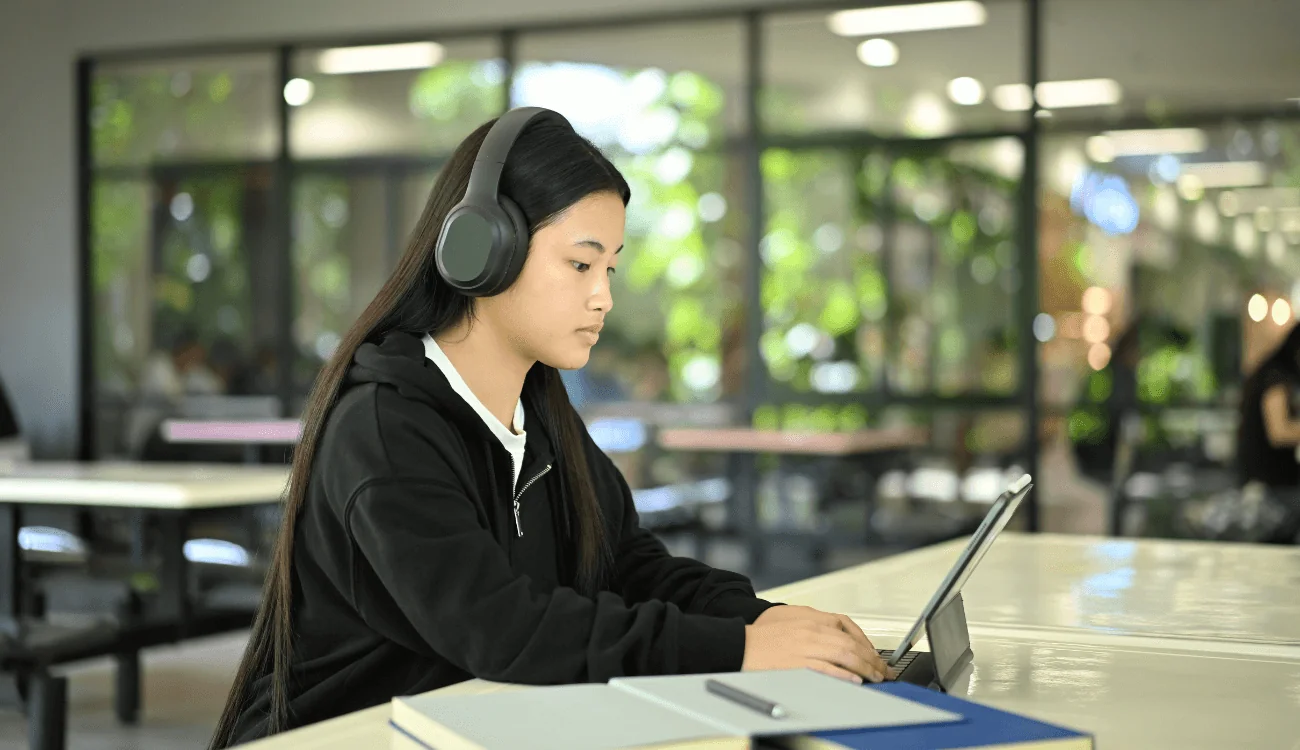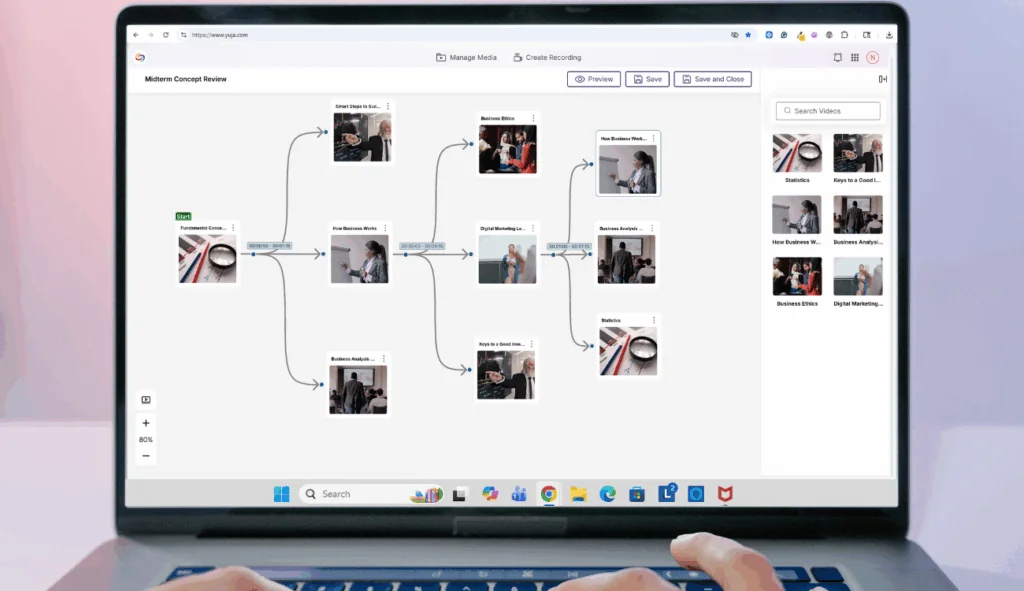While captions, transcripts, and document remediation often take center stage, audio alternatives like text-to-speech (TTS) are frequently overlooked.
As regulatory expectations evolve, especially with Title II requirements approaching in April 2026, TTS can play an important role in creating a more equitable learning experience.
Compliance Efforts Often Miss Audio Accessibility
Most accessibility frameworks, including WCAG, ADA, Section 508, and state-level mandates, focus on making visual content usable for those with visual, cognitive, or learning differences. Institutions respond by improving caption workflows, adding alt text, remediating documents, and enhancing LMS content.
But audio accessibility sometimes falls into a gray area. Policies may require “equivalent alternatives,” yet the emphasis is often on text equivalents for audio—not the other way around. As a result, many campuses unintentionally rely on a one-directional model: converting audio into text, but rarely text into audio.
This creates gaps for learners who need audio alternatives, including:
- Students with reading fatigue or cognitive processing difficulties
- Learners who benefit from auditory learning
- Multilingual students who comprehend spoken English better than written English
- Individuals who need hands-free or mobile-friendly study options
Adding audio alternatives via TTS can help close those gaps.
Improving Accessibility with TTS
Text-to-Speech improves accessibility because it:
Expands the definition of equivalent access: Compliance is about more than meeting requirements; it’s about helping people access and engage with materials in a way that works for them. Text-to-speech provides an alternative for print and digital text to support universal design, a framework that embraces the diversity of learners.
Supports a broad range of disabilities: While captions support learners who cannot hear audio, TTS supports learners who struggle with decoding, reading comprehension, attention regulation, or visual processing. This includes students with ADHD, dyslexia, low vision, cognitive or learning disabilities, and chronic migraines or screen-related fatigue. Many of these learners are not formally registered with disability services but still benefit from audio-based study tools.
Promotes consistency across learning modalities: Courses increasingly blend text, video, interactive materials, and multimedia. When text is accessible only through reading, while video is accessible through multiple formats, students experience an uneven learning environment. Audio alternatives enable institutions to establish parity across course formats, promoting consistent accessibility practices.
Reduces barriers in mobile and hybrid learning environments: Audio alternatives make materials more flexible, particularly as more students complete coursework on mobile devices or while multitasking in busy environments. TTS supports smoother engagement for learners who prefer to listen rather than read, helping institutions meet students where they are and how they learn.
Where TTS Fits in Your Accessibility Strategy
Text-to-speech isn’t a single solution, nor is it a replacement for other accessibility practices: It complements efforts already underway.
Institutions can incorporate audio alternatives into course design guidelines that encourage faculty to make content compatible with TTS, accessibility audits that check whether materials are readable and structured for TTS tools, student support resources that teach learners how to enable TTS in LMS environments and browsers, and equity and inclusion initiatives that expand support for multilingual and nontraditional learners.
The goal is to create flexible learning pathways that benefit more students without increasing instructors’ workloads. Tools like YuJa SmartSpeaker can help bridge the gap between text-based and audio-based learning, making audio alternatives a seamless part of the accessibility strategy rather than an add-on.







